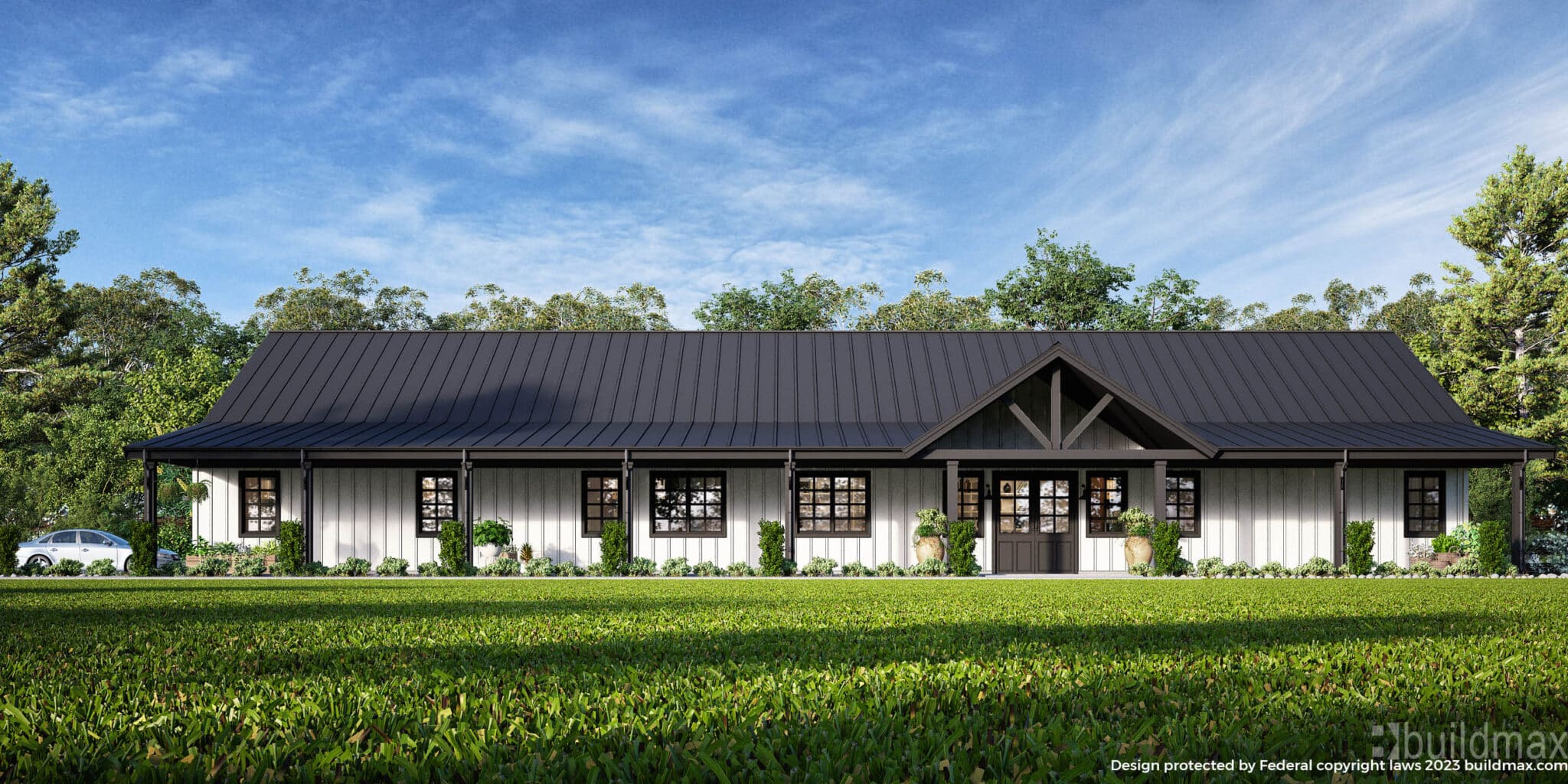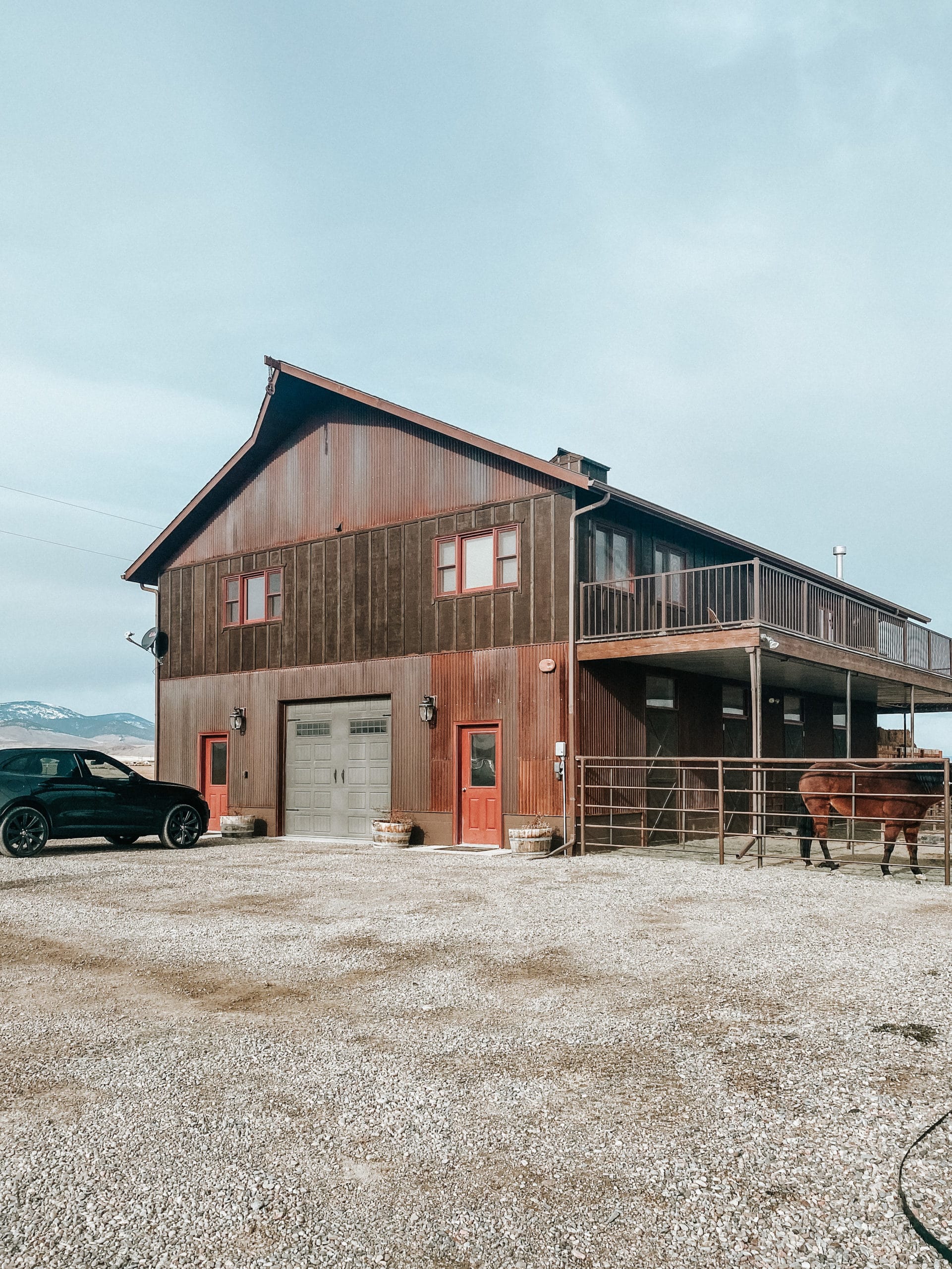Barndominiums Vs. Traditional Residences: a Thorough Comparison of Lifestyle and Functionality
The decision in between barndominiums and typical homes incorporates different aspects, including lifestyle choices and useful demands. Barndominiums are characterized by their open layouts and flexibility, commonly appealing to those who prioritize communal living and convenience. On the other hand, typical homes provide a more structured atmosphere, which might much better serve households seeking privacy and a feeling of background. As we analyze the price ramifications and ecological factors to consider, it comes to be clear that the selection extends past simple appearances and functionality; it welcomes a deeper expedition of what really specifies a home.
Review of Barndominiums
Barndominiums, an unique real estate fad gaining popularity across various regions, blend the rustic charm of barn-style architecture with the functionality of contemporary home. These special frameworks usually include a steel or wood framework, combining open floor plans and high ceilings with energy-efficient features. Often located on extensive rural residential properties, barndominiums use house owners the chance to delight in a peaceful lifestyle while providing ample room for numerous activities.
The adaptability of barndominiums prolongs beyond their aesthetic allure; they can offer as both living quarters and practical spaces for hobbies, workshops, or perhaps small companies. Their adaptive layout enables very easy personalization, accommodating varied household needs and choices. Lots of owners value the reduced maintenance needs connected with metal siding and roof covering, adding to long-term longevity.

Qualities of Standard Residences
Emphasizing ageless layout and comfort, typical homes are identified by their distinctive building styles, which typically mirror historic impacts and regional aesthetic appeals. Common attributes include symmetrical facades, gabled roofing systems, and an emphasis on workmanship, leading to a cozy and welcoming ambience.
Typical homes often incorporate components such as crown molding, wainscoting, and wood flooring, enhancing their timeless appeal. They usually include numerous areas with specified objectives, advertising family members communication while enabling for personal privacy. click here. The layout typically consists of official living and eating locations, which contribute to enjoyable visitors and organizing family members celebrations
Outside products such as block, timber, or rock are often utilized, adding to toughness and a feeling of durability. Barndominium builder. Furthermore, lots of standard homes are created with front patios or stoops, promoting a sense of community and link with the area
Landscape design plays a considerable function in conventional home design, with well-maintained yards and paths that improve visual appeal - view now. Overall, traditional homes personify a feeling of fond memories and security, attracting those who value heritage and a more structured living setting
Price Contrast
Normally, an expense comparison between barndominiums and traditional homes discloses substantial distinctions in building expenses and total financial investment. Barndominiums, commonly built from metal or steel frames, commonly sustain lower material and labor prices than standard homes built from timber and block. The simplified layout of barndominiums can equate to decreased construction times, better reducing labor costs and quickening occupancy.
On average, the price per square foot for a barndominium ranges from $100 to $150, while typical homes can differ widely, commonly falling in between $150 and $300 per square foot, depending upon location, products, and design intricacy. This cost difference makes barndominiums an appealing alternative for budget-conscious purchasers looking for larger space without compromising top quality.
Furthermore, barndominiums might result in lasting cost savings via lower upkeep costs, energy performance, and insurance prices. Their durable building products typically call for less upkeep with time compared to standard homes. Nonetheless, it is important to take into consideration that while initial expenses might be lower for barndominiums, the final financial investment will certainly also depend upon specific modification and desired features, which can affect the overall expense in both housing kinds.
Way Of Living and Room Factors To Consider
When taking into consideration way of living and space, barndominiums offer a distinct versatility that charms to a range of home owners. These hybrid frameworks incorporate household coping with useful room, usually including open layout that can be adjusted to match specific requirements. This versatility is especially helpful for households or individuals seeking a personalized living environment, permitting varied usages such as home workplaces, workshops, or leisure areas.

Moreover, the aesthetic charm of barndominiums can cater to both rustic and modern tastes, making them a functional option for numerous style choices (Barndominium builder). Inevitably, the choice in between a barndominium and a traditional home usually depends upon just how well each option lines up with the homeowner's way of life desires and spatial demands, highlighting the importance of taking into consideration individual priorities in the decision-making process
Environmental Impact and Sustainability
The environmental effect and sustainability of barndominiums present compelling advantages compared to typical homes. Mainly created from steel and various other resilient products, barndominiums are often developed utilizing recycled sources, reducing the demand for new products and decreasing waste. Their design usually stresses open rooms, which can lead to lower energy usage for home heating and air conditioning compared to traditional homes with more segmented designs.
Additionally, barndominiums can include lasting features such as solar panels, rainwater harvesting systems, and advanced insulation techniques, enhancing their energy effectiveness. The adaptability of their style enables house owners to incorporate these modern technologies extra flawlessly than in many traditional homes, which might call for considerable retrofitting.
Additionally, barndominiums often require find out less sources for building and construction as a result of their easier, a lot more effective styles. This not only lowers the carbon impact linked with structure however also adds to an extra lasting way of life. In comparison, conventional homes may entail greater levels of energy expense and source use throughout their lifecycle, from construction to upkeep. Generally, barndominiums represent a forward-thinking approach to lasting living, lining up with contemporary ecological top priorities.
Verdict
In recap, the option between barndominiums and typical homes hinges on individual way of living choices and functional needs. Barndominiums, with their open designs and sustainable products, accommodate those looking for versatility and communal living. Alternatively, standard homes offer specified areas that boost privacy and copyright historic aesthetic appeals. Each option provides unique benefits, necessitating mindful consideration of one's worths and needs when figuring out the most appropriate living environment.